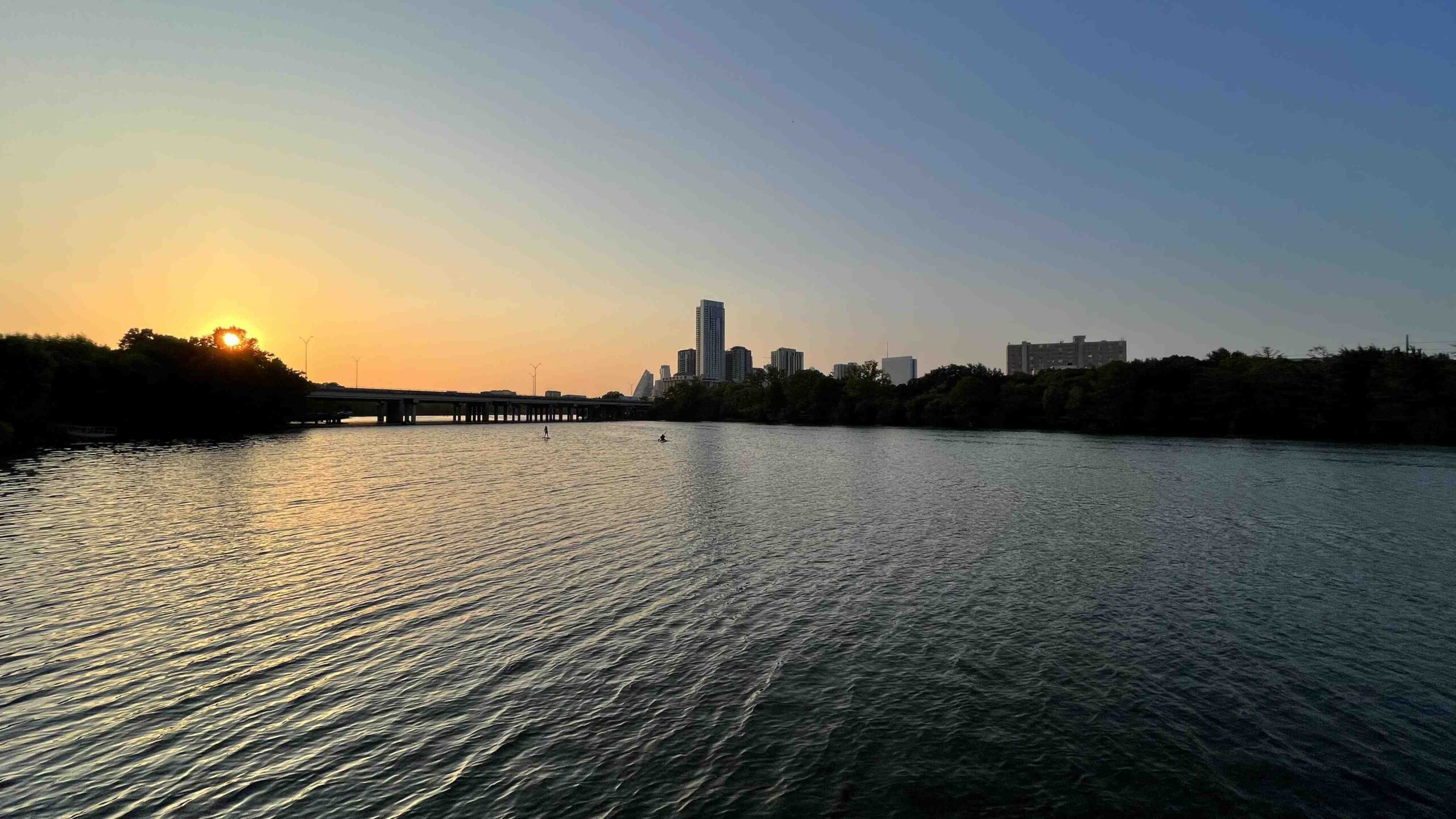The Colorado River confluence in the Grand Canyon is a remarkable natural phenomenon where the turquoise waters of the Little Colorado River merge with the main stem of the Colorado River. This iconic location, situated within Grand Canyon National Park, Arizona, offers breathtaking views and unique geological features. The confluence is a crucial point in the Colorado River Basin, which spans 250,000 square miles across seven states. The Little Colorado River, with its distinctive blue-green hue due to dissolved minerals, contributes an average annual discharge of 370 cubic feet per second to the main river.
What Makes the Colorado River Confluence Unique?

The Colorado River confluence in the Grand Canyon is a geological marvel where two significant waterways meet. The Little Colorado River, known for its vibrant turquoise color, joins the larger Colorado River, creating a striking visual contrast. This confluence point is not just aesthetically pleasing but also ecologically significant.
Key features of the confluence include:
- Distinct color difference between the two rivers
- Geological formations shaped by millions of years of erosion
- Unique ecosystem supporting diverse flora and fauna
- Cultural significance to Native American tribes
How Can Visitors Access the Colorado River Confluence?

Accessing the Colorado River confluence requires careful planning and preparation. There are several routes available, each offering a different experience:
- Hiking Trails:
- North Kaibab Trail (14 miles, strenuous)
- South Kaibab Trail (9 miles to confluence, strenuous)
-
Bright Angel Trail (11.5 miles to confluence, strenuous)
-
River Rafting:
- Multi-day rafting trips
-
Guided tours available
-
Helicopter Tours:
- Aerial views of the confluence
- Limited landing options near the site
It’s important to note that all access methods require permits and adherence to park regulations.
What Activities Are Available at the Colorado River Confluence?
The Colorado River confluence offers a range of activities for adventurers and nature enthusiasts:
- Rafting:
- Motorized and oar-powered options
-
Trips ranging from half-day to multi-week expeditions
-
Hiking:
- Day hikes to viewpoints
-
Multi-day backcountry treks
-
Photography:
- Unique landscape and geological formations
-
Opportunities for astrophotography
-
Wildlife Observation:
- Diverse ecosystems supporting various species
-
Birdwatching opportunities
-
Cultural Exploration:
- Learning about Native American history and traditions
- Visiting nearby archaeological sites
What Are the Best Times to Visit the Colorado River Confluence?
The best time to visit the Colorado River confluence depends on your preferred activities and tolerance for weather conditions:
| Season | Pros | Cons |
|---|---|---|
| Spring (March-May) | Mild temperatures, wildflowers | Potential for rain, higher water levels |
| Summer (June-August) | Warm water for swimming, long days | Extreme heat, crowded conditions |
| Fall (September-November) | Pleasant temperatures, fewer crowds | Shorter days, cooler water |
| Winter (December-February) | Solitude, unique snow views | Cold temperatures, limited access |
How Does the Colorado River Confluence Impact the Grand Canyon Ecosystem?
The Colorado River confluence plays a crucial role in the Grand Canyon ecosystem:
- Sediment Transport:
- The Little Colorado River contributes significant sediment to the main stem
-
Shapes river channels and sandbars
-
Water Chemistry:
- Mixing of different mineral compositions
-
Affects aquatic habitats downstream
-
Biodiversity:
- Supports unique species adapted to the confluence environment
-
Provides critical habitat for endangered fish species
-
Hydrological Processes:
- Influences flood patterns and water distribution
- Contributes to the overall water balance of the Colorado River system
What Safety Precautions Should Visitors Take?
Visiting the Colorado River confluence requires careful preparation and awareness of potential hazards:
- Heat and Dehydration:
- Carry ample water (at least 1 gallon per person per day)
-
Wear appropriate sun protection
-
Flash Floods:
- Check weather forecasts before hiking
-
Avoid narrow canyons during rain
-
River Safety:
- Wear life jackets during water activities
-
Be aware of strong currents and cold water
-
Wildlife Encounters:
- Store food properly to avoid attracting animals
-
Keep a safe distance from wildlife
-
Navigation:
- Carry detailed maps and a compass
- Inform someone of your itinerary before departing
How Can Visitors Minimize Their Environmental Impact?
Responsible visitation is crucial to preserving the Colorado River confluence for future generations:
- Leave No Trace Principles:
- Pack out all trash
-
Stay on designated trails
-
Water Conservation:
- Use water sparingly
-
Properly dispose of wastewater
-
Campfire Regulations:
- Use established fire rings where permitted
-
Fully extinguish fires
-
Respect Wildlife:
- Do not feed or approach animals
-
Observe from a distance
-
Cultural Sensitivity:
- Respect Native American sacred sites
- Do not remove artifacts or disturb archaeological areas
By following these guidelines, visitors can help protect this unique and fragile ecosystem while enjoying its natural beauty.

